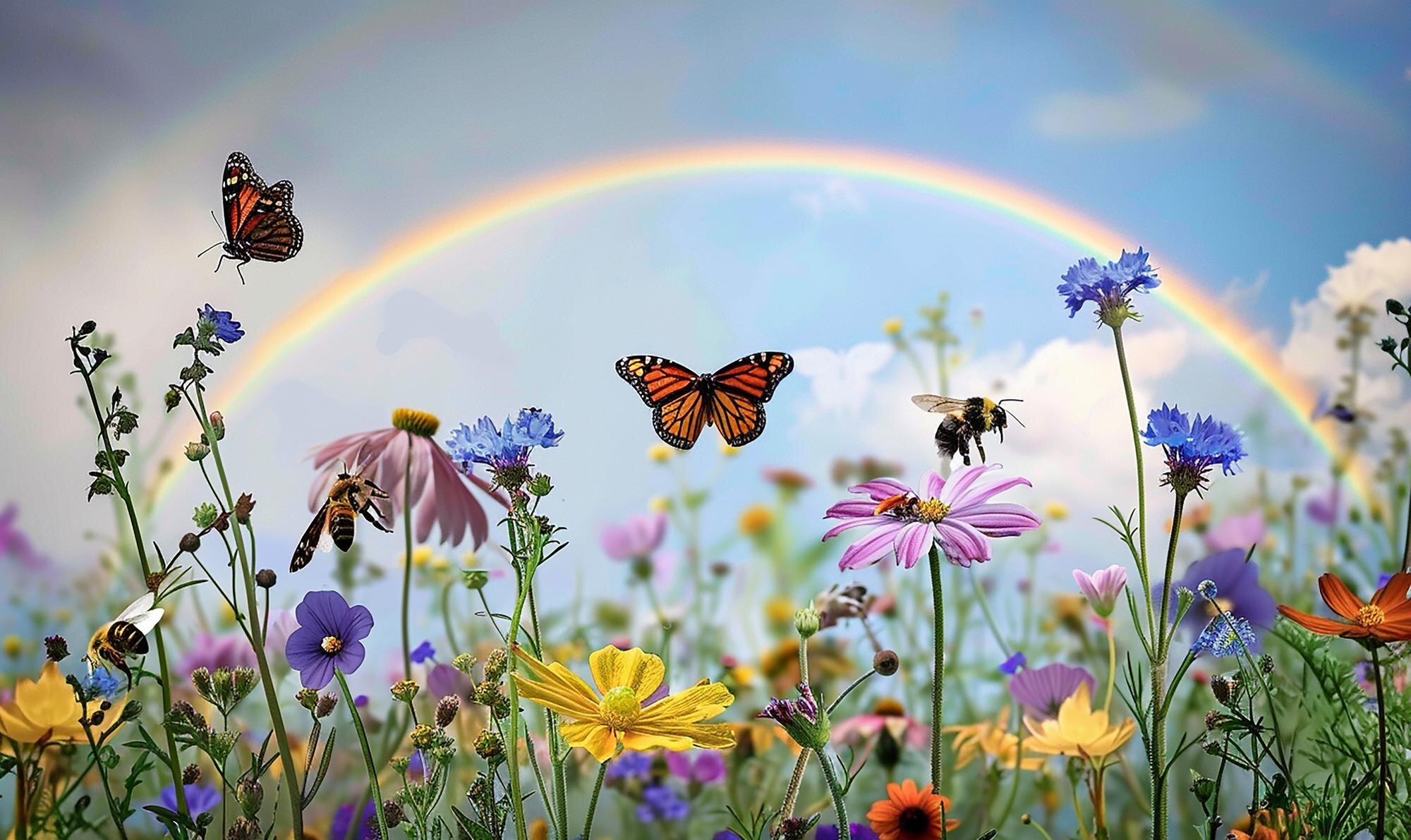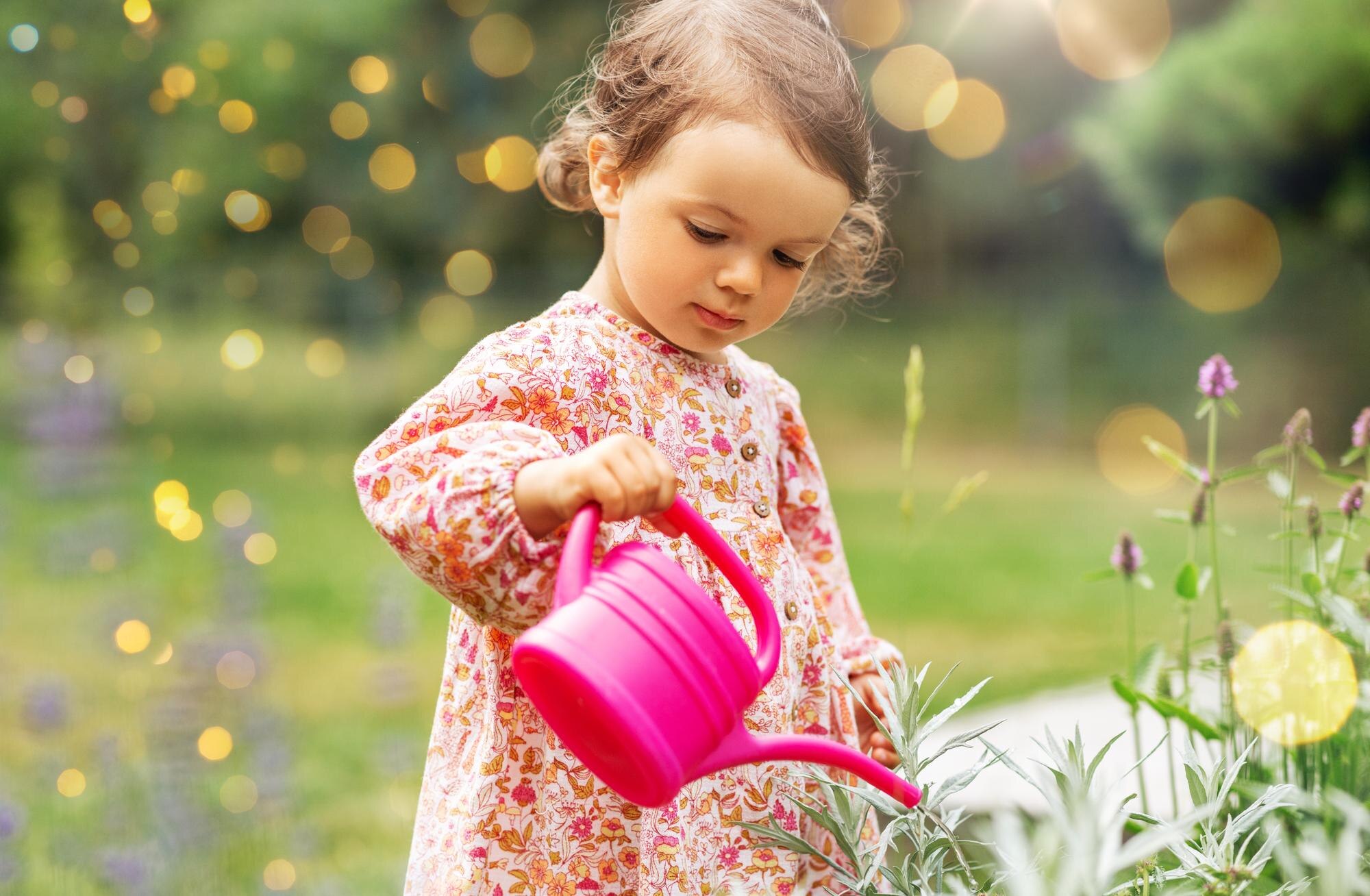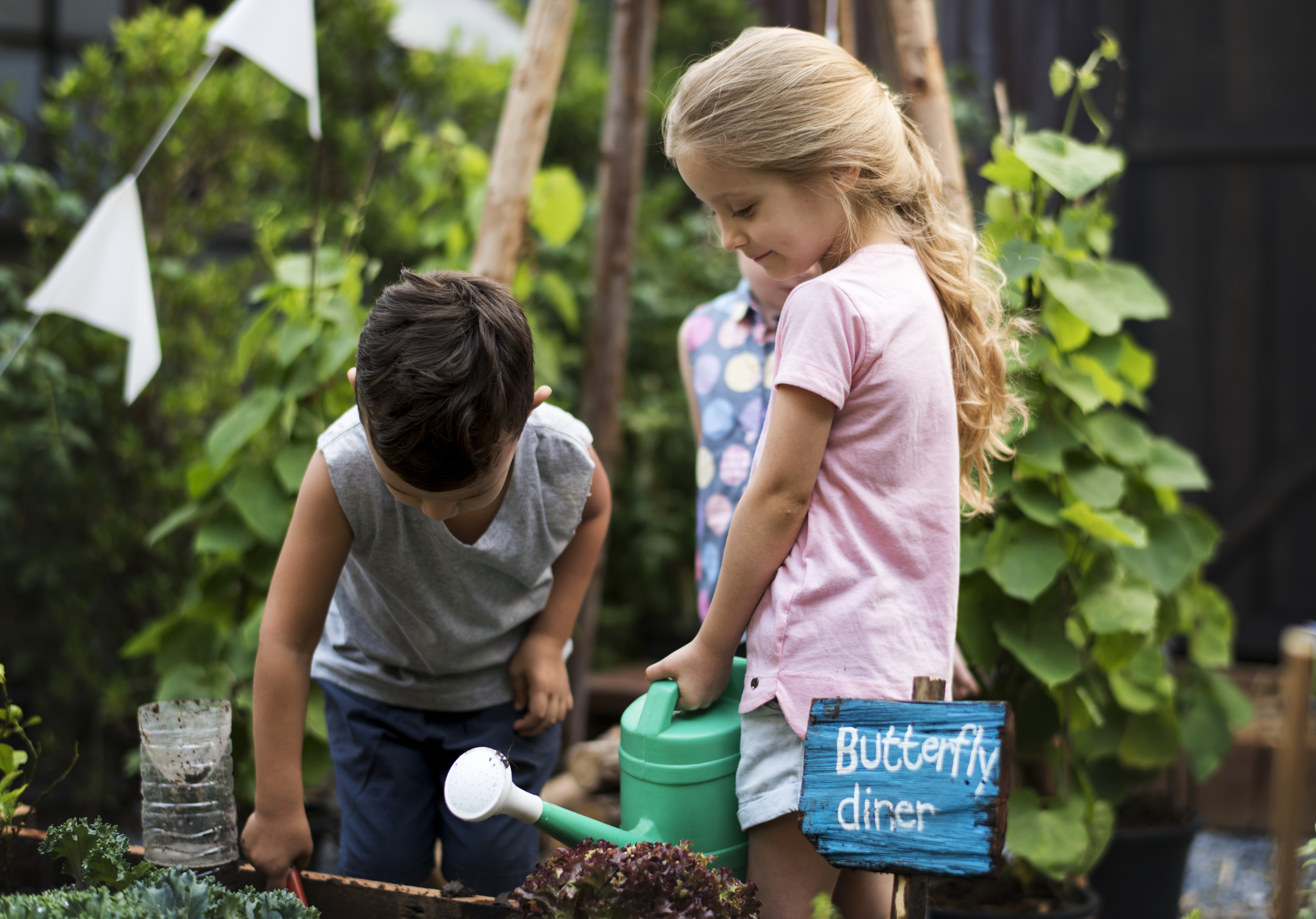Buzzing Buddies: The Role of Pollinators in Our Gardens and How Kids Can Help!
Bees and butterflies do more than just look pretty in your garden—they’re the busy pollinators behind every apple and flower! Without these buzzing buddies, many plants wouldn’t grow their tasty fruits or colourful blooms. Let’s join Queenie the Bee’s Pollination Parade and find out how your family can create an eco-friendly garden that helps protect pollinators. Ready to see nature’s magic up close? Please follow us for more eco-tips and fun activities!
Meet Your Pollinator Pals
Before diving into eco-gardening, let’s get to know the stars of the show—our pollinator pals! These amazing creatures work tirelessly to keep flowers blooming and crops growing.
Bees: Nature’s Tiny Gardeners
Imagine a world without apples or almonds. Without bees, this could be a reality. These tiny gardeners work hard to pollinate many of the foods we love. On a single trip, a bee can visit up to 5,000 flowers! That’s a lot of buzzing around! By collecting nectar, bees help plants grow and produce seeds, ensuring our gardens remain vibrant and healthy.
Bees live in fascinating communities where teamwork is key. In every hive, there’s a queen bee who lays eggs, workers who gather food, and drones who help with reproduction. Each bee has a role, and together, they keep the hive buzzing with life. Next time you see a bee, remember it’s not just buzzing around; it’s on a mission to help our planet thrive.
Many people think bees are just about honey, but their real magic lies in pollination. So, while enjoying that sweet honey, give a thought to the important work bees do every day. Learn more about helping bees here.
Butterflies: Colourful Fluttering Friends
Butterflies bring a splash of colour to any garden, but did you know they’re also hard-working pollinators? As these fluttering friends land on flowers to sip nectar, they carry pollen from bloom to bloom. This helps plants produce seeds and fruit, making butterflies essential for a thriving garden.
Did you know there are about 20,000 species of butterflies worldwide? Each species has unique patterns and colours, turning every garden visit into a vibrant spectacle. Watching a butterfly gracefully dance from flower to flower is not only calming but also a testament to nature’s beauty and precision.
Most people think butterflies only add beauty, but their role in pollination is crucial. By appreciating their contributions, we can ensure these delicate creatures continue to flit through our gardens, spreading joy and life.
Creating an Eco-Friendly Garden
With our pollinator pals in mind, let’s explore how you can create a garden that invites them to stay and thrive. Even small changes make a big difference!
Simple Steps to Get Started
Starting an eco-friendly garden is easier than you might think. First, choose a sunny spot in your garden. Pollinators love warmth! Next, plant a variety of native flowers. This not only attracts bees and butterflies but also ensures they have food throughout the seasons. A mix of colours and bloom times keeps your garden lively and buzzing with activity.
Consider adding a water source. A shallow dish with pebbles is perfect for thirsty pollinators. Remember to change the water daily to keep it fresh. Moreover, skip the pesticides. These chemicals can harm our buzzing friends. Instead, opt for natural pest control methods, like introducing ladybirds to eat aphids.
Gardening for kids becomes a fun adventure with these simple steps. Encourage children to help with planting and watering. They’ll be thrilled to see their efforts blossom into a pollinator paradise! For more tips on how schools can support pollinators, check out this resource.
Fun Activities for Kids
Engage your little ones with activities that teach and entertain. Create a bee hotel using hollow bamboo sticks and twigs. This provides a safe haven for solitary bees. Or, try a butterfly feeder with a sugar-water solution and colourful sponges. Hang it in a sunny spot and watch the butterflies come!
Children love hands-on projects, so involve them in planting seeds or creating a garden journal. Document which flowers attract the most pollinators or draw pictures of different butterflies they spot. These activities not only nurture curiosity but also build a deeper connection with nature.
Remember, the more your kids engage with the garden, the more they’ll learn about the environment. With every plant they grow, they become stewards of nature, ready to protect it for future generations. Discover more creative ideas here.
Protecting Pollinators Together
Now that your garden is ready, let’s explore how you can ensure it remains a safe haven for pollinators. Every small effort counts!
Building Buzzing Habitats
Creating habitats doesn’t require a lot of space. Even a balcony can become a sanctuary for bees and butterflies. Use planters and vertical gardens to maximise your area. Include plants like lavender and sunflowers, which are favourites of our buzzing friends.
Encourage natural growth by allowing some areas to remain wild. A patch of untamed grass or a pile of leaves can provide shelter for insects during colder months. These habitats offer protection and food, ensuring pollinators can thrive year-round.
Many people think neat gardens are better, but a little wildness goes a long way in supporting biodiversity. Embrace the natural look and let your garden become a safe retreat for pollinators.
Top Tips for Gardening with Kids 🌼🦋
Gardening with kids can be a joyful experience. Start by giving them their own small patch to care for. Let them choose what to plant and watch their excitement as seeds sprout. Use this time to teach them about the importance of pollinators and the role they play in our food chain.
Incorporate storytime into gardening sessions. Share tales of bees and butterflies or invent adventures featuring garden critters. This sparks imagination and makes learning fun. Encourage questions and observations. Children are naturally curious, and answering their queries fosters a deeper understanding of nature.
The longer you wait, the more these pollinators are at risk. By involving kids in gardening, you instil a sense of responsibility and joy in preserving the natural world. Remember, every small action helps create a brighter future for our planet.
Final Thoughts
Creating an eco-friendly garden is a fulfilling journey, and with your little helpers by your side, it’s even more rewarding. Together, you can build a sanctuary for pollinators, turning your garden into a buzzing paradise. 🌼🦋






















